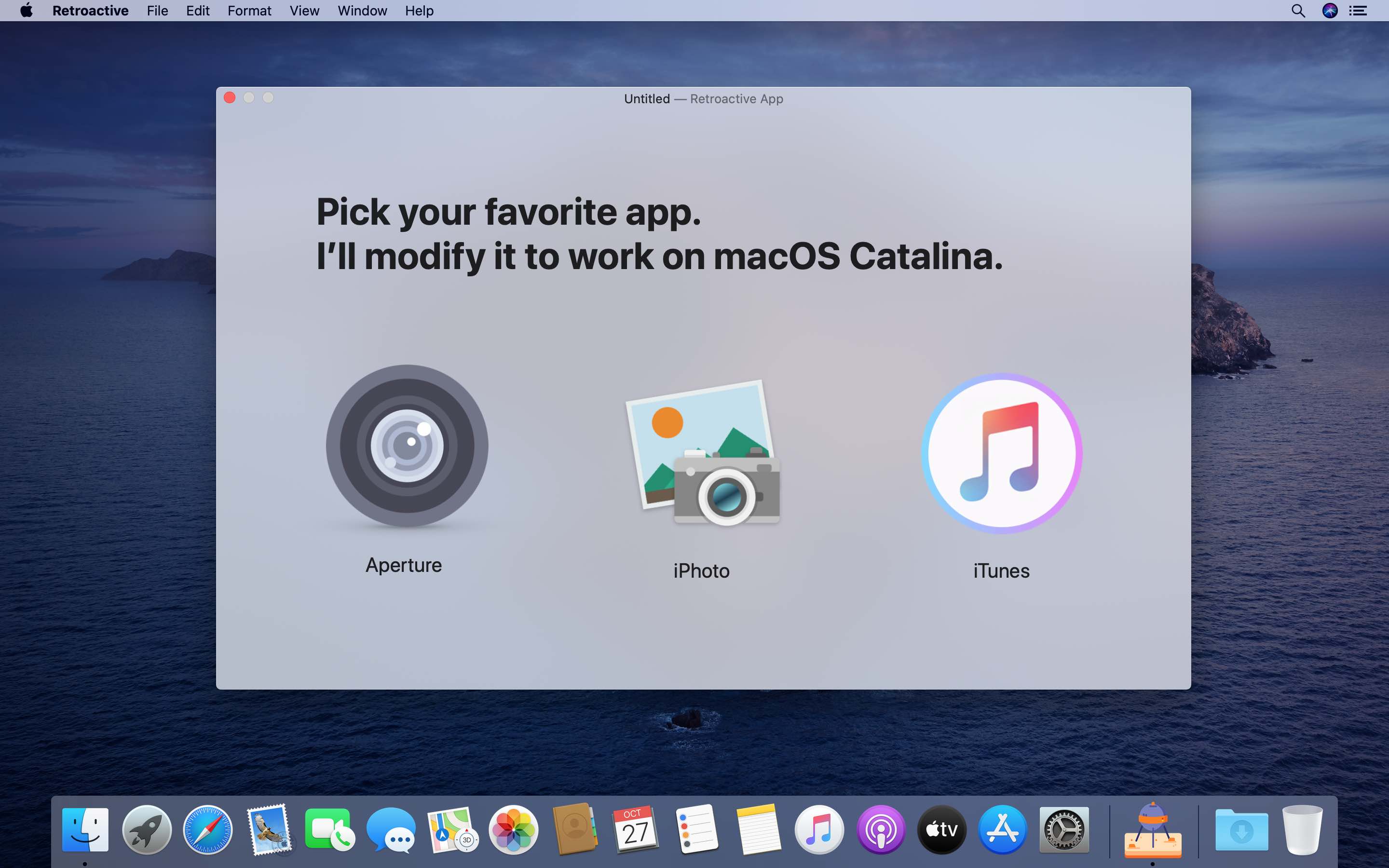
I'm still baffled by Apple's choice to abandon iPhoto for Photos. Its been a few years already and Photos still baffles me. I still use iPhoto and am concerned that when I update to Mojave I will loose all of my iPhoto data.
Several years ago I lost everything I had in Aperture and am still pretty traumatized.
A aa aaa aaaa aaacn aaah aaai aaas aab aabb aac aacc aace aachen aacom aacs aacsb aad aadvantage aae aaf aafp aag aah aai aaj aal aalborg aalib aaliyah aall aalto aam.
I also grieve for iTunes, and apples choice to promote Music instead.
Does anyone understand what is so great about Photos? Am I missing something?
What about the update? Anyone know what happens to iPhoto?
Retroactive Iphoto
- However, iPhoto and Aperture, being 64-bit apps with some 32-bit code, can be patched to run on Catalina & Big Sur. Using Retroactive to patch iPhoto and Aperture Somebody has taken the trouble to create an app named Retroactive which patches iPhoto.
- Retroactive lets you run iTunes, iPhoto, and Aperture on macOS Catalina and macOS Big Sur. Posted by 4 months ago. Retroactive lets you run iTunes.
Maybe I'm just old.

iMac Line (2012 and Later)
Posted on Jan 15, 2019 11:26 AM
Retroactive Iphoto Software
This guide will take you step by step through the process of getting iTunes to work on a Mac running macOS Catalina (10.15).
Retroactive Iphoto Mac
While plenty of people are glad iTunes is gone, that doesn’t mean everyone is happy about it. Using the free and open source app Retroactive, getting iTunes back on your Mac is a breeze. Note: this amazing app also allows you to install Aperture and iPhoto in macOS Catalina.
- Head over to the Retroactive home page and click the large Click to download the Retroactive app link.
- After you’ve opened and extracted the contents of the .zip file, instead of double-clicking the app to run it, right-click (or ctrl + click) it.
- Select Open from the context menu.
- In all likelihood, an error message will appear. Don’t fret, just click OK
- Right-click the app again and select Open
- This time the error message should include an Open button – click it.
- Select iTunes – you can re-run the app and install Aperture or iPhoto later if you’d like.
- Choose the version of iTunes you’d like to install and then click Continue
- Before the installation can start you’ll need to authenticate, so click the Authenticate button.
- Enter the same username and password you use to sign into your Mac and click OK
- Now you may want to go grab yourself a cup of tea or coffee – this is probably going to take a while.
- Before the installation can finish you’ll need to authenticate yet again.
- Finally! Click the Launch iTunes button.
- Ta-da! Now you have iTunes up and running on your Mac again :)
- Going forward you can launch iTunes from your Applications folder the same way you used to.
